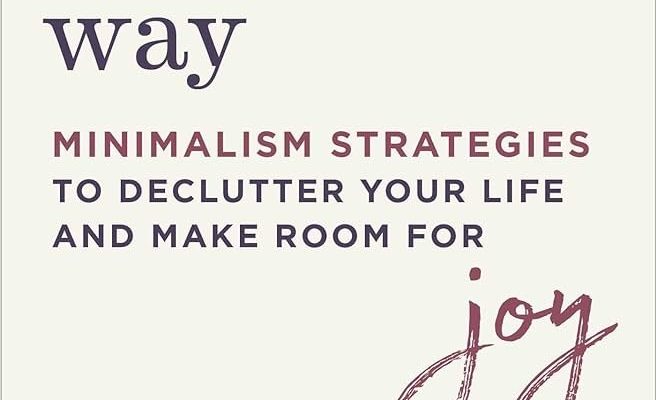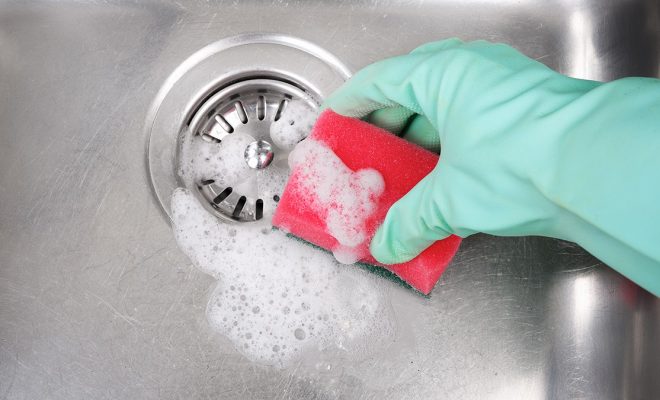We Asked Minimalists Their Best Tips for Decluttering—They All Agreed on One Thing

In the modern world where consumerism is at its peak, decluttering has become not just a trend but a necessity for many seeking mental clarity and simplicity. The minimalist movement, which champions less is more, has been gaining momentum, and those who’ve embraced it seem to live happier, lighter, and with a greater sense of freedom. We reached out to self-identified minimalists from various backgrounds to share their most effective strategies for simplifying life. While their personal approaches varied from digital cleanses to capsule wardrobes, they all concurred on one foundational principle: mindfulness.
Mindfulness sits at the very heart of minimalism. It’s the intentional focus on the present moment, acknowledging and accepting one’s feelings, thoughts, and bodily sensations. When it comes to decluttering, this translates into a thoughtful consideration of what items truly add value to your life.
One interviewee, Maya, explained that mindfulness allows her to maintain her minimalist lifestyle because it forces her to be intentional about what she brings into her home. “I always ask myself if an item will serve a purpose or bring me joy,” she mentioned. This question seems simple yet is strikingly powerful in its ability to stop impulse buys in their tracks.
Another minimalist we spoke with, David, highlighted that being mindful of his purchasing habits has helped him save money and reduce waste. He’s become more attuned to the environmental impact of consumerism and prefers investing in experiences over things.
The beauty of mindfulness as a strategy for decluttering is that it doesn’t require hours of extra work or an entirely overhauled home; instead, it can be gradually implemented into daily routines. Mindful decluttering can start with a single drawer or closet. It’s about creating a habit of questioning the necessity and purpose of each item you own.
Here are some tips from our minimalist contributors on how to practice mindful decluttering:
1. Evaluate Why You Own What You Do: Reflect on why each item is in your possession. Is it out of necessity, pleasure, or simply habit?
2. Prioritize Quality Over Quantity: Invest in fewer but better-quality items that will last longer and provide more satisfaction.
3. Let Go Without Guilt: If something no longer serves you or brings you joy, donate it or responsibly recycle it. Detach emotion from possessions.
4. Embrace Empty Space: Resist the urge to fill every empty shelf or corner with something new; appreciate the calmness open space can bring.
5. Digital Detox: Declutter your digital life by unsubscribing from emails, deleting unused apps, and limiting time on social media.
By adopting mindfulness as a cornerstone practice for decluttering efforts, individuals are able not just to clear their physical spaces but also create room for new opportunities and experiences—embracing the core benefits that drew them towards minimalism in the first place. Whether you’re a seasoned minimalist or someone looking to begin their journey toward less cluttered living, mindfulness offers an accessible starting point that all minimalists agree on as essential for true decluttering success.






